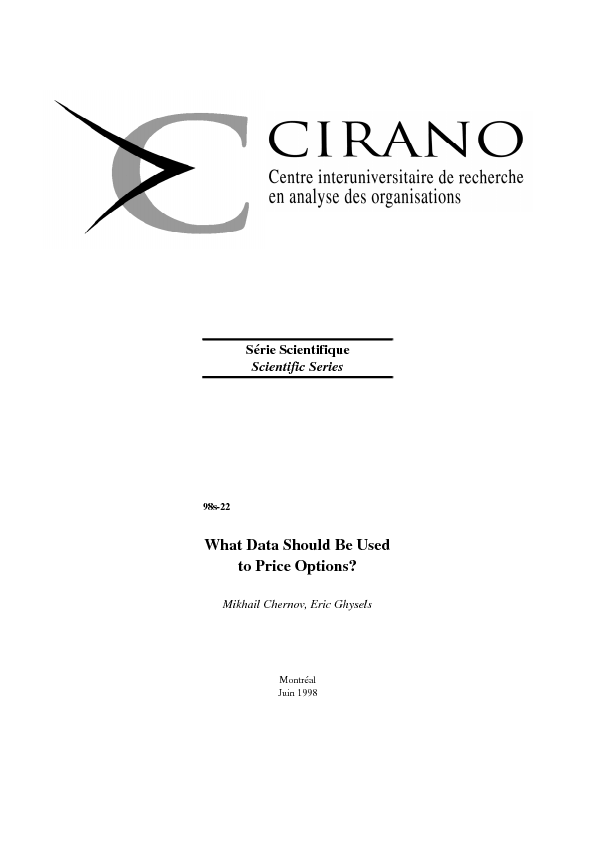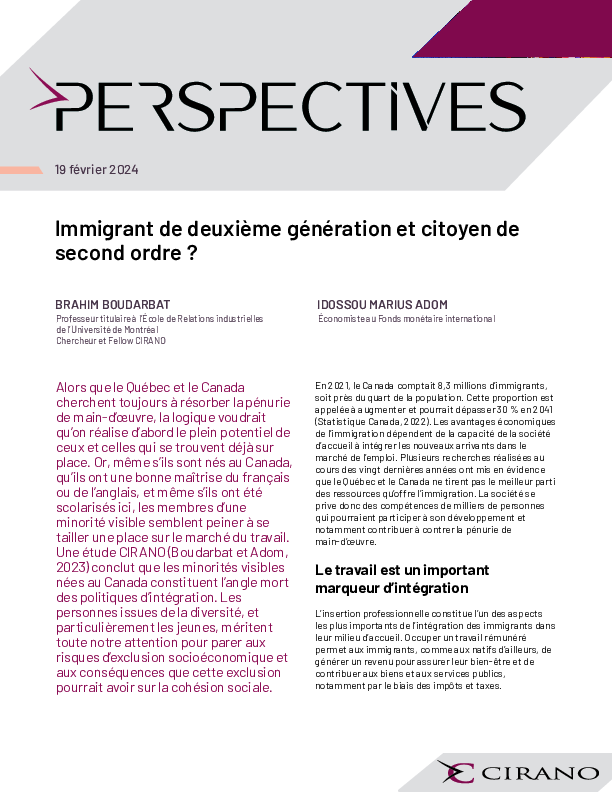What Data Should Be Used to Price Options?
In this paper we propose a generic procedure for estimating and pricing options in the context of stochastic volatility models using simultaneously the fundamental price and a set of option contracts. We appraise univariate and multivariate estimation of the model in terms of pricing and hedging performance. Our results, based on the S&P 500 index contract, show that the univariate approach only involving options by and large dominates. A by-product of this finding is that we uncover a remarkably simple volatility extraction filter based on a polynomial lag structure of implied volatilities. The bivariate approach involving both the fundamental and an option appears useful when the information from the cash market provides support via the conditional kurtosis to price options. This is the case for some long-term options. Moreover, having estimated separately the risk-neutral and objective measures allows us to appraise the typical risk-neutral representations used in the literature. Using Heston's (1993) model as example we show that the usual transformation from objective to risk neutral density is not supported by the data.
[ - ]




